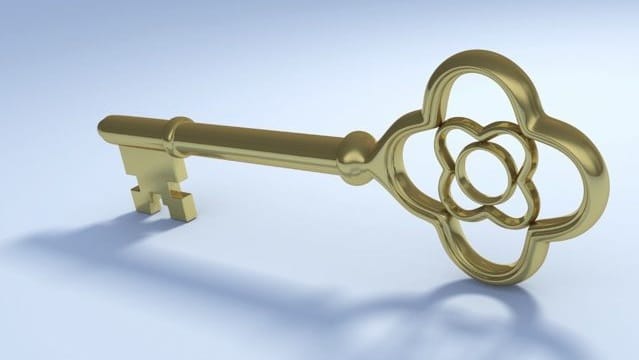Friends of Distility often ask us what the key brand design elements for a project are. Commonly enough, they (or their clients) lack the budget to define a brand that works across all media. So they instead create their brand’s visual identity through one substantial application – usually a website – and they want to know what bases to cover in terms of must-have design elements.
What We Tell Them
Last week, we avouched that you need more than a checklist of design elements to create a truly compelling and memorable visual identity. You need a solid brand strategy, a realistic view of the competition and a visual system (i.e., a functioning order of design elements that band together to form a distinctive brand point of view – something way beyond a logo).
The Checklist: Key Design Elements and Keyer Questions
With our views on the “design elements checklist” now staunchly stated in writing, we can relax a bit. Not every project has room for the exploration it takes to produce a well-oiled visual system. So as fans of what’s practical, we bring you our list of essential brand design elements, and the basic questions to ask yourself when considering each one. (Caution – this checklist assumes that, before any design work begins, you have a clear brand promise, position and personality.)
Colour
- Does the competitive playing field suggest a colour that will give the brand a competitive advantage? If most competitors are blue, orange may be the best way to go.
- Does the brand promise or personality demand certain colour choices? (If your promise is one of joy, for example, it’s probably going to necessitate bright colours.)
Form
- Is the brand best suited to realistic illustrations or photos of people, places or things? Or…
- Is the brand best suited to abstract design (i.e., design that plays purely on colour, form and line, and in no way references the real world).
- What should the balance of these forms be? Symmetrical? Asymmetrical? Radial (coming from the center)?
- Where do you want the design to sit on the spectrum between minimal and decorative?
Feel
- What sensory feeling does the brand promise or personality demand: Smooth? Soft? Hard? Grainy? Rough? Fuzzy? Hot? Sharp? Slick? Plastic? Wooden? Chunky? Cold/Cool? Embossed? Airy? Glossy? Flat? Knitted? Metallic? Mosaic? Scored? Springy? Steely? Thick? Thin? Uneven? Wavy? Translucent? Transparent? Deep?
- Is that feeling best embodied in a design driven by type, photos, illustrations or icons?
- Is that feeling evocative of the past, present or future?
Harmony or Contrast
- Do you want a smooth and harmonious combination of colours and forms, or a combination that juxtaposes colours and forms?
Emphasis (Most Importantly)
- Last but the opposite of least, what messages or data are you trying to draw the eye to first? In the case of all of the above, what stands out the most gets noticed first. What you want to emphasize influences choices of colour, value, size, shape etc.
Remember: A Brand Is More Than Design
Understanding the basics of these design elements provides a valuable frame in which to discuss visual decisions. But they are only the very, very beginning of defining a visual identity that can expresses and leverage the core elements of your brand strategy. Should you find yourself ready to move from a minimum viable brand design to a visual identity that truly and fully engages your target audience, developing a compelling visual system is the next big step.

